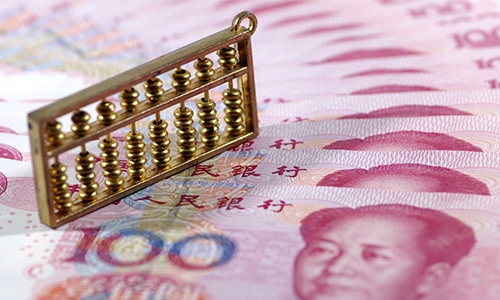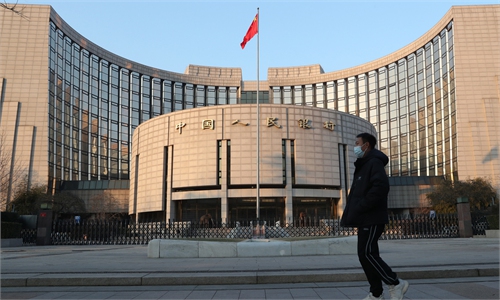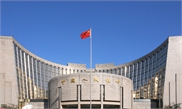China keeps LPR unchanged for 6th straight month amid better-than-expected economic rebound

Renminbi Photo: VCG
China has left its benchmark bank lending rates unchanged for the sixth straight month on Monday, as the recovery of domestic economy, especially rebounding expectations for the real estate market, has reduced urgency of imminently easing monetary policies, experts told the Global Times.
According to data released by the People's Bank of China (PBC), the central bank, the one-year loan prime rate (LPR) was kept at 3.65 percent, while the five-year LPR was unchanged at 4.30 percent.
The LPR influences new and outstanding loans, as well as mortgage pricing.
The last time when China lowered the LPR was in last October as a way of bolstering credit demand, and lowering enterprises' financing costs amid coronavirus challenges. In total, China lowered LPR three times last year.
It is in line with market expectations that China will keep lending rates unchanged for February, as China's economy has revived at a faster-than-expectation pace, experts said.
"China' s real estate market is now warming up, while expectations for the sector is also improving. This is a reflection of the effectiveness of domestic supportive policies which means that it's not necessary to lower mortgage rates in the short run," Zhou Maohua, an economist at Everbright Bank, told the Global Times on Monday.
Other economic data points to signs of recovery after officials optimized the coronavirus measures two months ago. In January, China's new bank loans jumped to a record 4.9 trillion yuan ($714 billion) as enterprises' financing demands surged amid ongoing robust economic performance.
According to Zhou, the better-than-expected economic rebound will lower market expectations for short-term interest rate cuts, but the possibility of rate cuts and cuts of reserve requirement ratios (RRR) still exist.
"In particular, the chances of RRR cuts are higher, as China still has some way to go to promote full recovery of domestic demands, and liquidity needs to be released in the banking sectors to direct banking institutions to increase their support for weak links in the real economy," he said.



